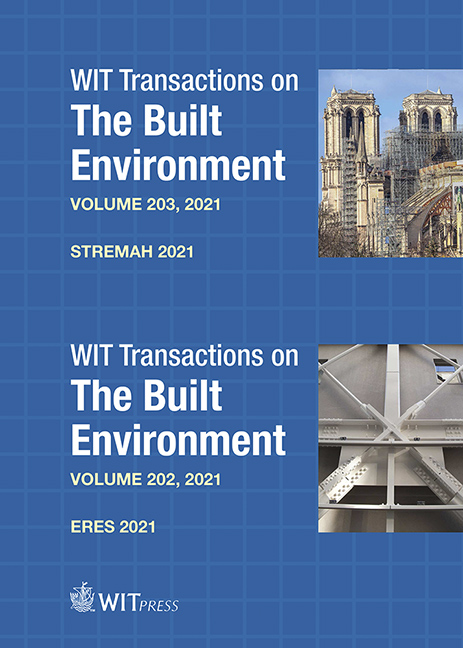ADAPTIVE REUSE HERITAGE BUILDINGS ADDRESSING SUSTAINABILITY POTENTIALS: ANALYTICAL CASE STUDIES IN SHARJAH, UNITED ARAB EMIRATES
Price
Free (open access)
Transaction
Volume
203
Pages
12
Page Range
237 - 248
Published
2021
Size
2,785 kb
Paper DOI
10.2495/STR210201
Copyright
Author(s)
IMAN IBRAHIM, FATMA ELTARABISHI
Abstract
Due to the rapid growth and development worldwide, nations tend to preserve their historic sites that represent their heritage. The adaptive reuse strategy is used to help communities maintain their own local identity and culture. The adaptive reuse terminology is used interchangeably with terms such as renovation, refurbishment and rehabilitation. However, this study will distinguish each term based on a framework discussed in the literature. The research aims to determine the additional value added when the potentials of three pillars of sustainability are considered in the adaptive reuse heritage buildings. Two case studies, namely The Chedi Al Bait hotel and the Sharjah Art Foundation (SAF) in Sharjah, United Arab Emirates (UAE), are selected on the basis of their historical significance and unfitness. The sustainability potentials inherited in each case will be assessed and analyzed. Based on the analytical studies, it is concluded that the local government in the UAE as decision makers have successfully achieved the added value of sustainability enhancing the adaptive reuse of the two case studies discussed.
Keywords
adaptive reuse, sustainability value, Al-Bait Hotel, Sharjah Art Foundation (SAF)




